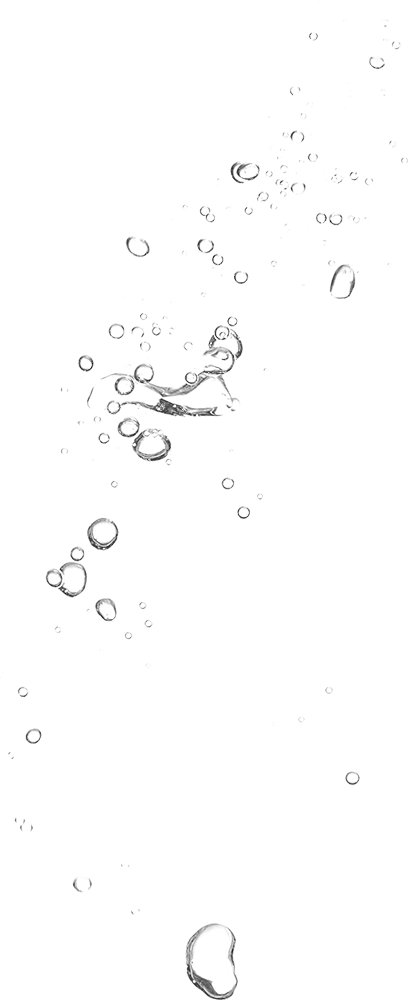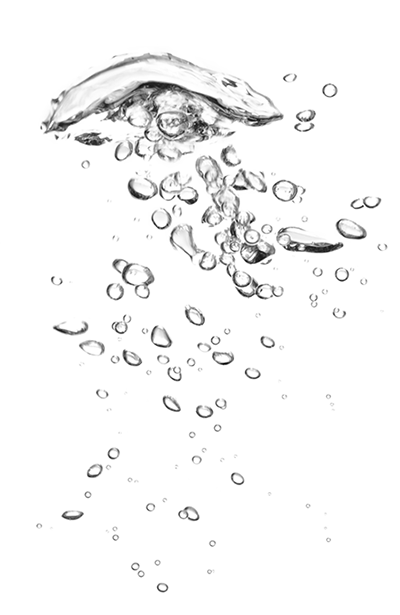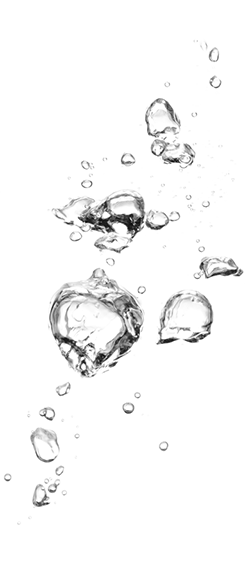


Supporting Southern California to be independent from imported water
-
Project type Desalination
-
Area served Urban; sub-urban
-
Population served 160,000
-
Status Complete
The Groundwater Reliability Improvement Project (GRIP) was established to support the Water Replenishment District (WRD) of Southern California in its aim to be 100 percent independent from imported water.
Biwater carried out the design, supply, installation and commissioning of both ultrafiltration (UF) and reverse osmosis (RO) systems for Phase 1 of the water treatment facility in Pico Rivera, California, which is the largest direct-coupled ultrafiltration and reverse osmosis system in North America. The entire plant operates at over 92% recovery.
The 14.8 million US gallon per day (56 million liters per day) advanced water treatment facility, now referred to as the Albert Robles Center for Water Recycling, supplies drinking quality water for recharging local aquifers. This reduces the dependence on expensive and heavily burdened imported water from Northern California and the Colorado River.
Technical overview:
The source water for the advanced treatment facility is tertiary effluent from two wastewater treatment plants. The 10 train UF process removes particulates and organisms prior to the RO membranes, thereby contributing to stable RO operation and performance. To enhance overall system recovery rates, backwash waste from the primary UF system is processed by a subsequent secondary recovery UF system. The UF system has an overall recovery of 99.7 percent.
Thereafter, pressurized UF filtrate is treated by four primary RO trains (2 stage) followed by four concentrator RO trains (1 stage) running at a product recovery rate of 92.7 percent. Biwater’s energy efficient design incorporated a direct coupled UF and RO system, together with energy recovery devices on the concentrator RO trains. The RO membranes removes/reduces ionised salts and dissolved organics such as metals, nitrates and total organic content (TOC).
The combined RO product is then sent through a chemical oxidation/ultraviolet (UV) reactor advanced oxidation process, which breaks down low molecular weight compounds in the category of Contaminants of Emerging Concern (CECs).
The membrane systems are two of the three key process technologies essential to the indirect potable reuse solution. Biwater’s membrane technologies will help replenish groundwater supplies to ensure local aquifers are sustainable and continue to be a vital and growing contributor to the region’s water demands.
Richard White, Senior Vice-President of Biwater’s Water Reuse and Desalination SectorWorks:
 External view of the Albert Robles Center
External view of the Albert Robles Center
 Reverse osmosis hall
Reverse osmosis hall
 Reverse osmosis trains
Reverse osmosis trains
 Primary UF and Recovery UF Systems
Primary UF and Recovery UF Systems
 Primary UF and Recovery UF Systems
Primary UF and Recovery UF Systems
 Primary UF and Recovery UF Systems
Primary UF and Recovery UF Systems
Project summary:
Membrane treatment capacity (Phase I):
- 56,000 m3/day
- 56 MLD
- 14.8 MGD US
Overview and considerations:
- Biwater carried out the design, supply, installation and commissioning of both ultrafiltration (UF) and reverse osmosis (RO) systems for Phase 1 of the Groundwater Reliability Improvement Program (GRIP) advanced water treatment facility in Pico Rivera, Southern California.
- The new 14.8 million US gallon per day (56 million liters per day) plant supports the Water Replenishment District (WRD) of Southern California in its aim to be 100 percent independent from imported water.
- The advanced water treatment facility supplies drinking quality water for recharging local aquifers. This reduces the dependence on expensive and heavily burdened imported water from Northern California and the Colorado River. The source water to the new plant is tertiary effluent from a wastewater treatment plant.
- The overall system operates at nearly 92% recovery.
- Savings in Capex and Opex from a conventional system design.
- Received a Distinction for Water Project of the Year at the 2021 Global Water Awards.
Special Biwater design features:
- The direct feed design from UF to RO
- Recovery UF for very high pre-treatment recovery
- 3 stage RO with 3 stage boosting for high RO recovery
Request more information about our projects






